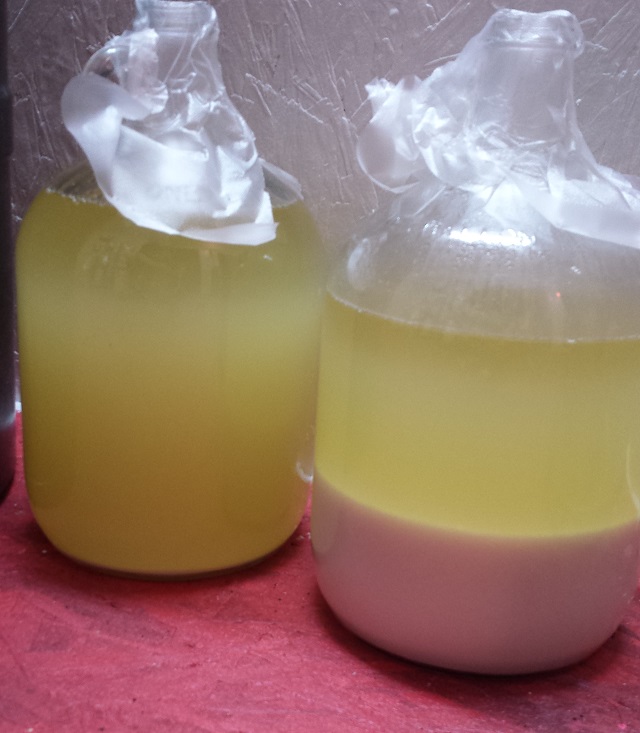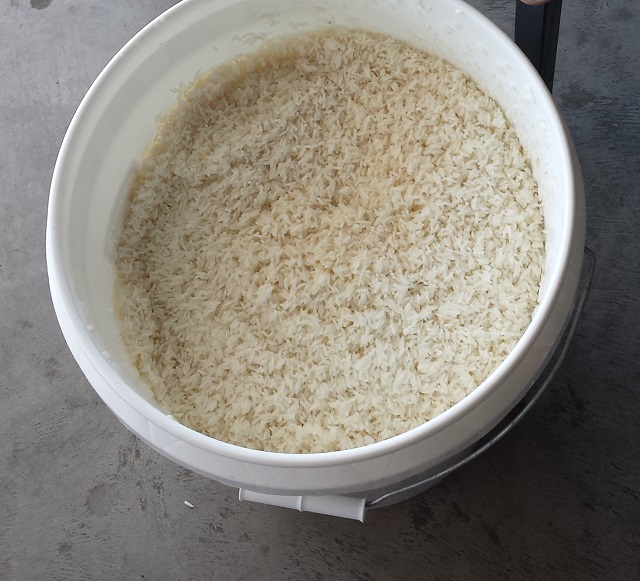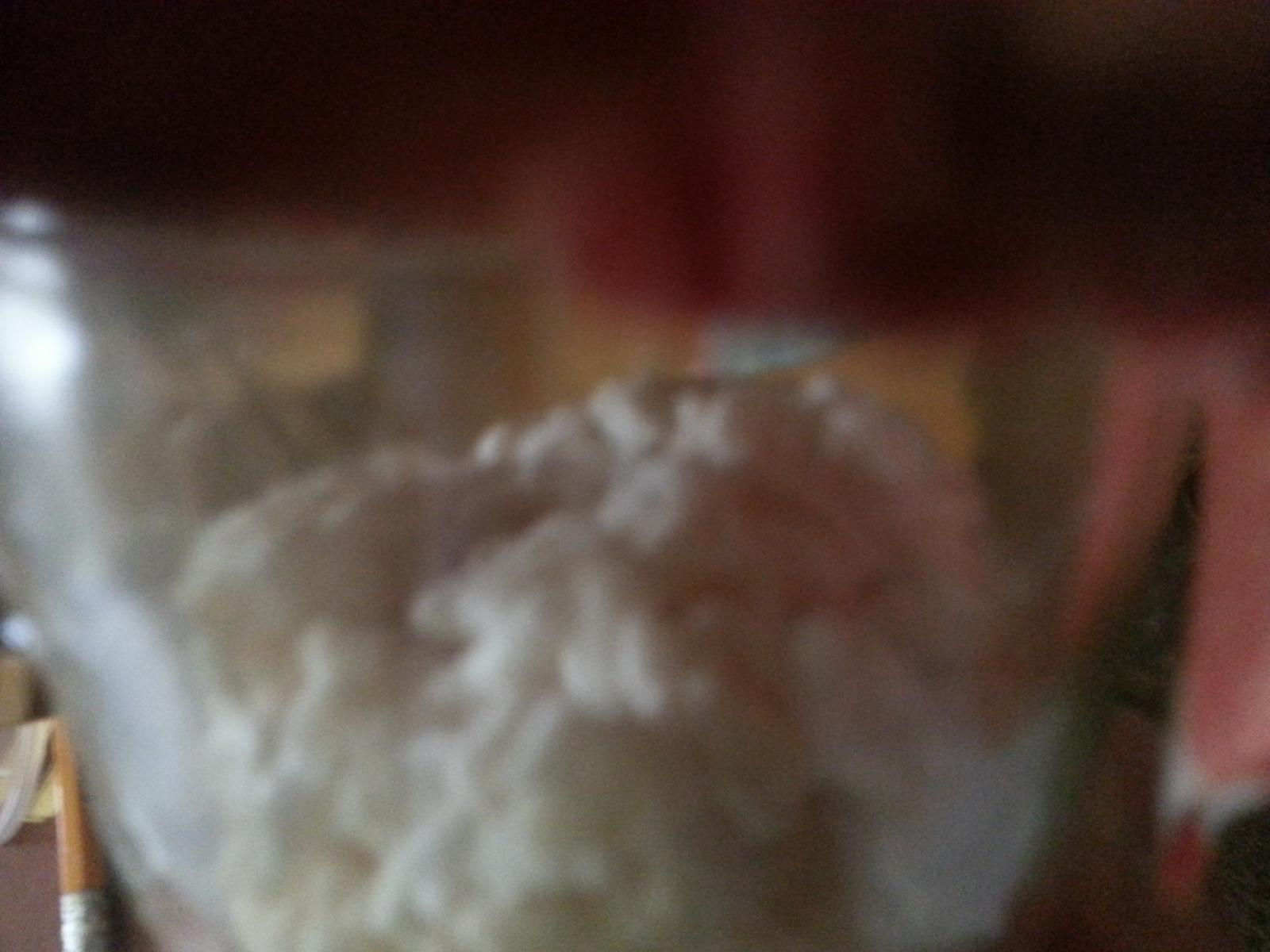"2:1 (water : rice) when boiling sticky rice is way too much. I also tried cooking in a rice cooker at 1:1.5 (water : rice) and even that yielded a much wetter, stickier rice than the steaming method.[/QUOTE]"
I only had jasmine rice on hand so that may account for something. I just used the ratio I use for home cooked rice. Not mushy at all .I did lay it on parchment paper on a table to cool before sprinkling in powdered yeast balls and mixing then packing into glass jars.
I hope this next 30 days waiting doesn't drag on too much.
I only had jasmine rice on hand so that may account for something. I just used the ratio I use for home cooked rice. Not mushy at all .I did lay it on parchment paper on a table to cool before sprinkling in powdered yeast balls and mixing then packing into glass jars.
I hope this next 30 days waiting doesn't drag on too much.





